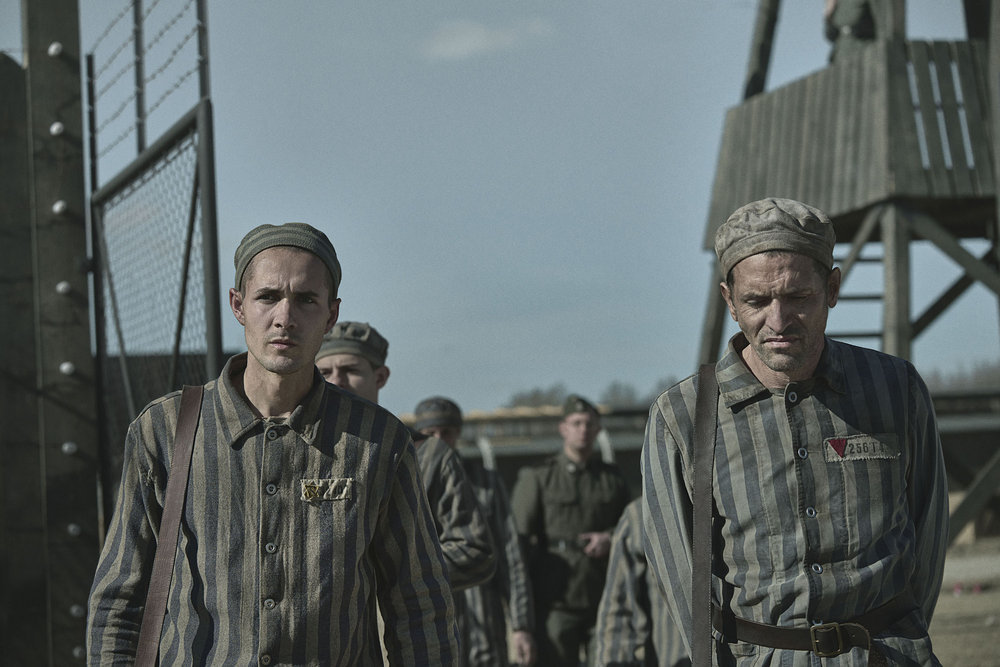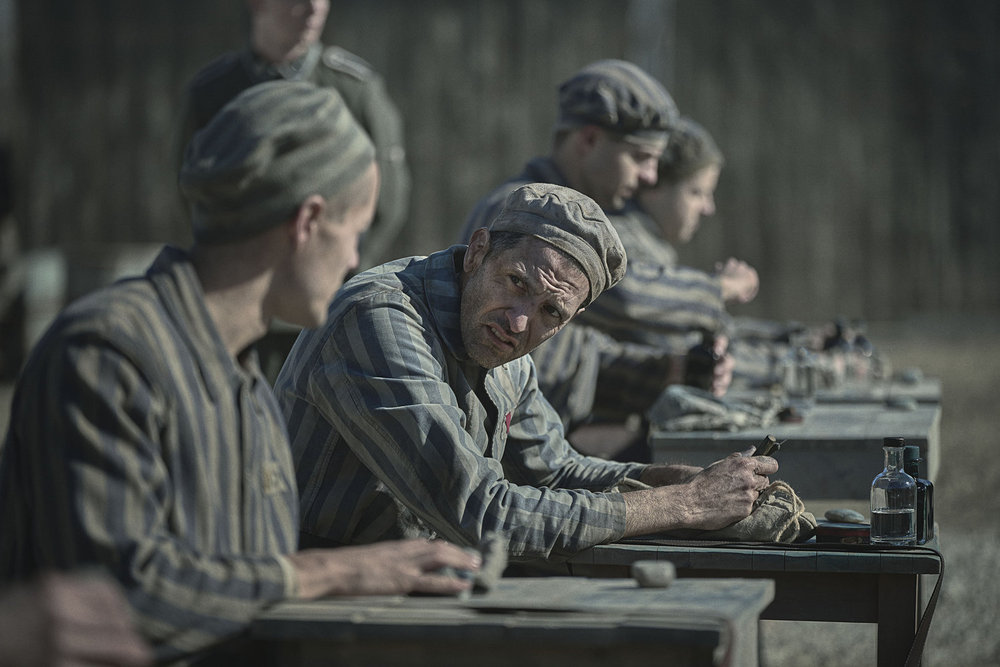Set in one of the biggest concentration camps under the Nazi regime, Peacock’s ‘The Tattooist of Auschwitz’ tells a heart-rending tale of love and perseverance as we follow the story of two people who fall for each other after meeting at the camp. Lali and Gita Sokolov are at the center of the story, but several characters have an indelible impact on their journeys. For Lali, no one could have been more impactful than Pepan. SPOILERS AHEAD
Pepan was a Real Person With Lali in Auschwitz-Birkenau
‘The Tattooist of Auschwitz’ is based on the real story of Lali Sokolov, written by Heather Morris, with whom Sokolov shared his story over numerous interviews. Because Morris stays true to the events in Sokolov’s life (even though the novel takes liberties with historical facts), most people mentioned in the story are real. The same holds true for Pepan, who played an important role in saving Sokolov’s life. However, because Sokolov didn’t get to spend much time with Pepan to learn more about him, including his surname, it is difficult to confirm more details about him. Still, depending on Sokolov’s account, it is fair to assume that Pepan really existed.

According to Sokolov’s story, Pepan was the tattooist in the camp when Sokolov arrived. Pepan was a French academic before he was arrested and brought to the camp. It was he who tattooed Sokolov’s identification number and later made him his assistant tattooist, effectively paving the path to save his life. The luxuries that Sokolov later becomes privy to were also given to Pepan for his role as the tattooist. He had his own quarters, ate separately, and received better food as compared to other prisoners. It was Pepan who taught Sokolov how to survive in the camps, with his advice mainly directed towards the fact that they needed to keep their head down and remain as much out of the guards’ attention as possible.
Pepan Meets a Tragic End
Due to the lack of enough information, it is difficult to track down what happened to Pepan in real life. However, Sokolov’s account through Morris, which she wrote down in ‘The Tattooist of Auschwitz,’ gives us a hint. Like any other prisoner in the camp, the threat of death loomed over the tattooists as well. Even though they had jobs and were treated better than other prisoners, they knew that the sword could fall on their heads at any moment. Even with the so-called privileges, they weren’t really safe. They could be dragged out at any moment and executed or sent to the gas chambers, and they would have no say in any of it. In the end, this is what happens to Pepan.
Sokolov finds out that Pepan is not around anymore one morning when he is told to find an assistant for himself because he is the tattooist in charge now. It is shocking for him, as he was not expecting Pepan’s absence at all, though when Pepan is nowhere to be seen in the following days, it becomes clear that his friend has been killed. Why and how Pepan was killed remains uncertain. He may have been injured, which was a good reason for people to be sent to the gas chambers. He might have said something untoward to irk a guard or an officer. Or, a much simpler explanation suggests that he was, like many other people in the camps, killed without reason, most likely because the officer at the time felt like doing it. No matter how it may or may not have happened, Pepan meets a sudden and tragic end, something that neither he nor anyone else around him could process.
Read More: The Little Things: Is Albert Sparma Based on a Real Serial Killer?


